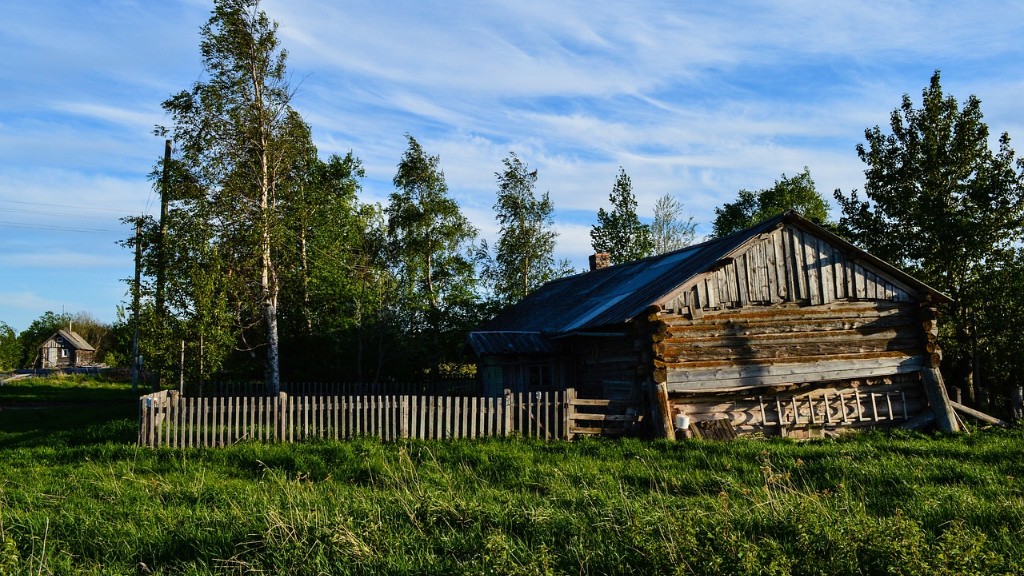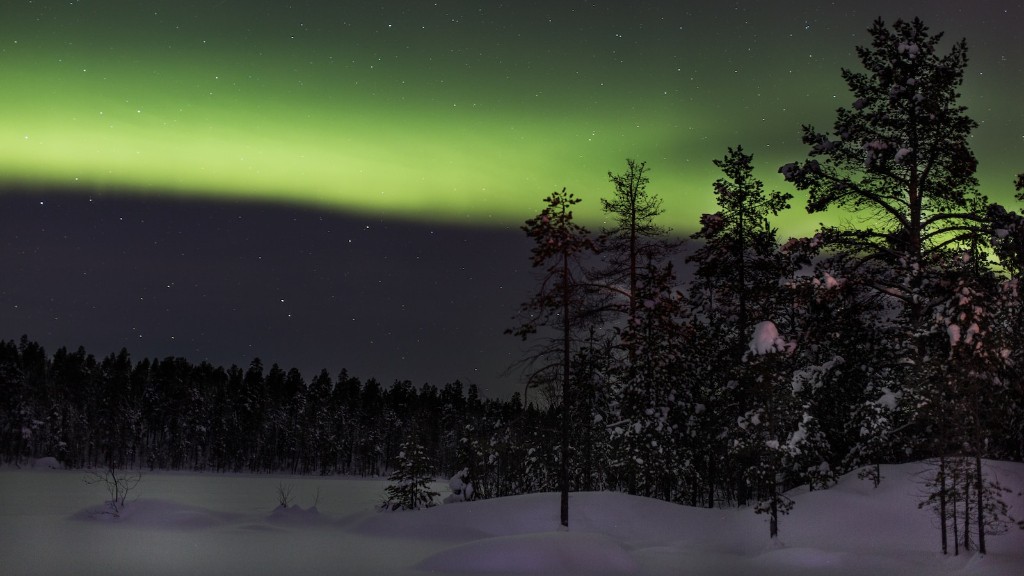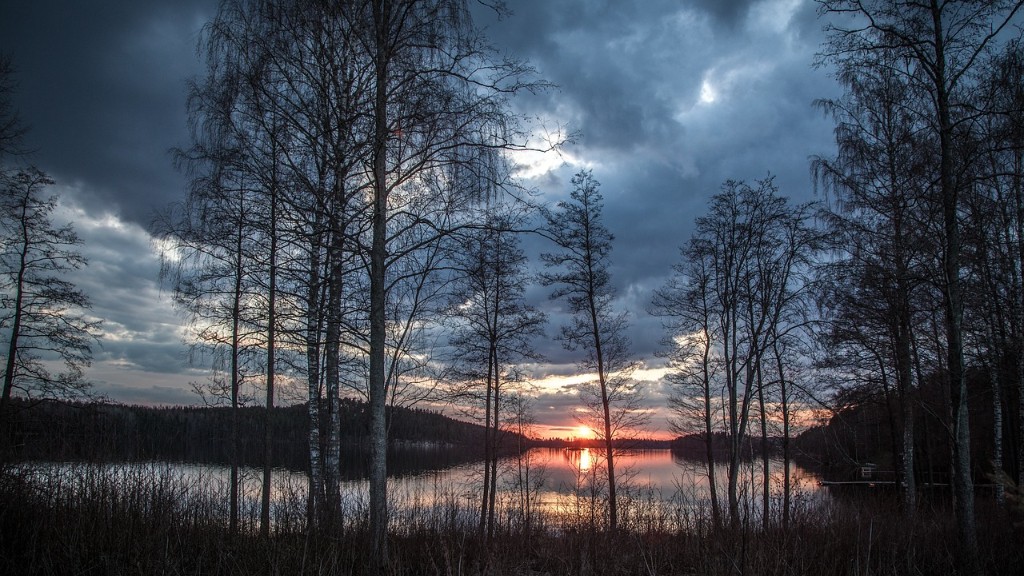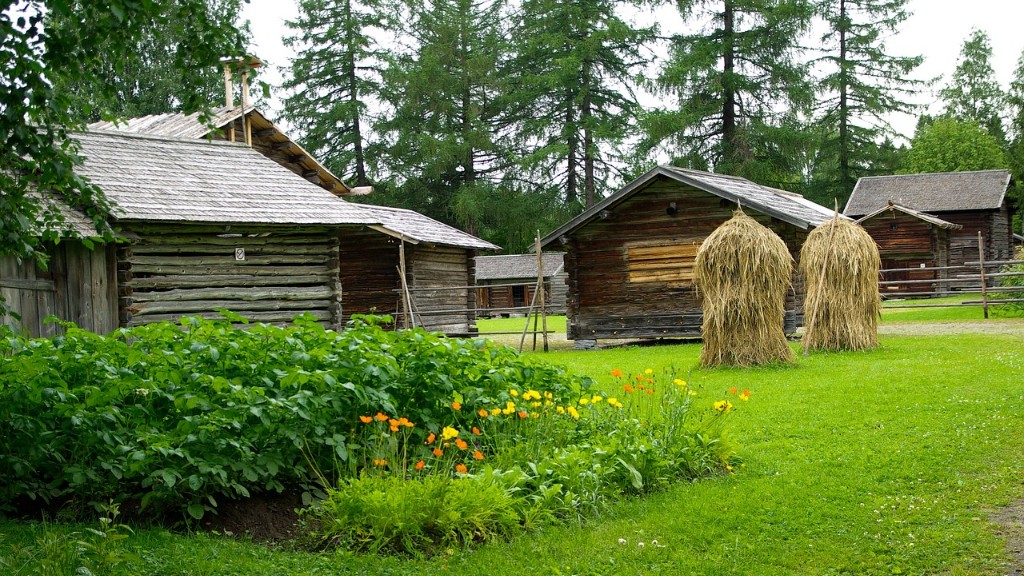Is there another name for Finland?
Finland, also known as the “Land of a Thousand Lakes,” is a Nordic country located in Northern Europe. It shares borders with Sweden, Norway, and Russia. With a population of approximately 5.5 million people, Finland is known for its stunning landscapes, high living standards, and technological advancements.
Despite being commonly known as Finland, the country has another name in both Finnish and Swedish. In Finnish, the country is called “Suomi,” while in Swedish, it is referred to as “Finland.” These names have their historic origins and reflect the languages spoken in the region.
Finland’s name in Finnish, “Suomi,” has been used for centuries and is deeply rooted in the country’s history. It is believed to come from the Finnish word “suomaa,” meaning “swampy land” or “fenland,” which corresponds to the country’s abundant lakes and wetlands. The name “Suomi” captures the essence of the Finnish landscape, highlighting the numerous lakes and forests that define the country.
In Swedish, the name “Finland” is used, which is derived from the medieval term “Finlont.” The “Fin” part of the name refers to the people living within the historical region known as “Finland,” while “lont” means “land.” This name is primarily used by the Swedish-speaking minority in Finland, which makes up around 5% of the population.
Experts suggest that the use of different names for Finland reflects the cultural and linguistic diversity within the country. The Finnish and Swedish languages have coexisted throughout the country’s history, and both are recognized as official languages. While Finnish is the majority language, Swedish has its significance, especially in certain regions, such as the autonomous province of Åland.
It is important to note that regardless of the name used, Finland remains the same geographically and politically. The choice of name may vary depending on the language used or the cultural background of the speaker, but it does not alter the identity or essence of the country.
### Historical Significance of the Names
The names “Suomi” and “Finland” have cultural and historical significance in shaping the Finnish identity. The Finnish name “Suomi” has its roots in the Finnish language and reflects the connection of the Finnish people with their natural environment. It resonates with the pride that Finns take in their country’s pristine nature, sustainable practices, and harmonious relationship with the environment.
On the other hand, the Swedish name “Finland” highlights the historical influence of the Swedish-speaking minority and their cultural contribution to Finnish society. It recognizes the linguistic and cultural diversity present in Finland and celebrates the coexistence of different communities within the country.
These names serve as a reminder of Finland’s rich cultural heritage and the symbiotic relationship between language, history, and national identity.
### Perspectives from Experts
According to language and cultural experts, Finland’s dual names are a reflection of the complex historical and linguistic background of the country.
- Professor Liisa Raevaara, a linguistics expert, suggests that the dual names for Finland demonstrate the cultural diversity and bilingualism that exists within the country. She emphasizes the importance of recognizing and respecting both names as they represent different aspects of Finland’s heritage.
- Historian Henrik Meinander highlights the historical significance of the Swedish-speaking population in Finland. He explains that the Swedish name “Finland” represents the Swedish-speaking minority’s contribution to Finnish society and acknowledges their role in shaping the country’s history.
These perspectives shed light on the broader context of Finland’s names and emphasize the importance of understanding the cultural and linguistic nuances associated with them.
### Finland: A Country of Cultural Diversity
Finland’s linguistic diversity extends beyond the Finnish and Swedish languages. The country is home to various indigenous Sami languages spoken by the Sami people, who primarily inhabit the northern parts of Finland.
Furthermore, Finland has seen an increase in immigration in recent years, leading to a multicultural society with over 150 nationalities living within its borders. The cultural diversity adds vibrancy to Finland’s social fabric and contributes to its reputation as an inclusive and welcoming country.
It is this multiculturalism and linguistic diversity that make Finland unique and fascinating. The dual names, “Suomi” and “Finland,” mirror the broader tapestry of languages and cultures present in the country.
### Conclusion
Finland, with its dual names “Suomi” and “Finland,” reflects the historical, linguistic, and cultural diversity of the country. The names not only showcase the Finnish and Swedish languages but also celebrate the coexistence of different communities within Finland. Understanding the significance of these names is essential in appreciating the diverse heritage and identity of Finland.




